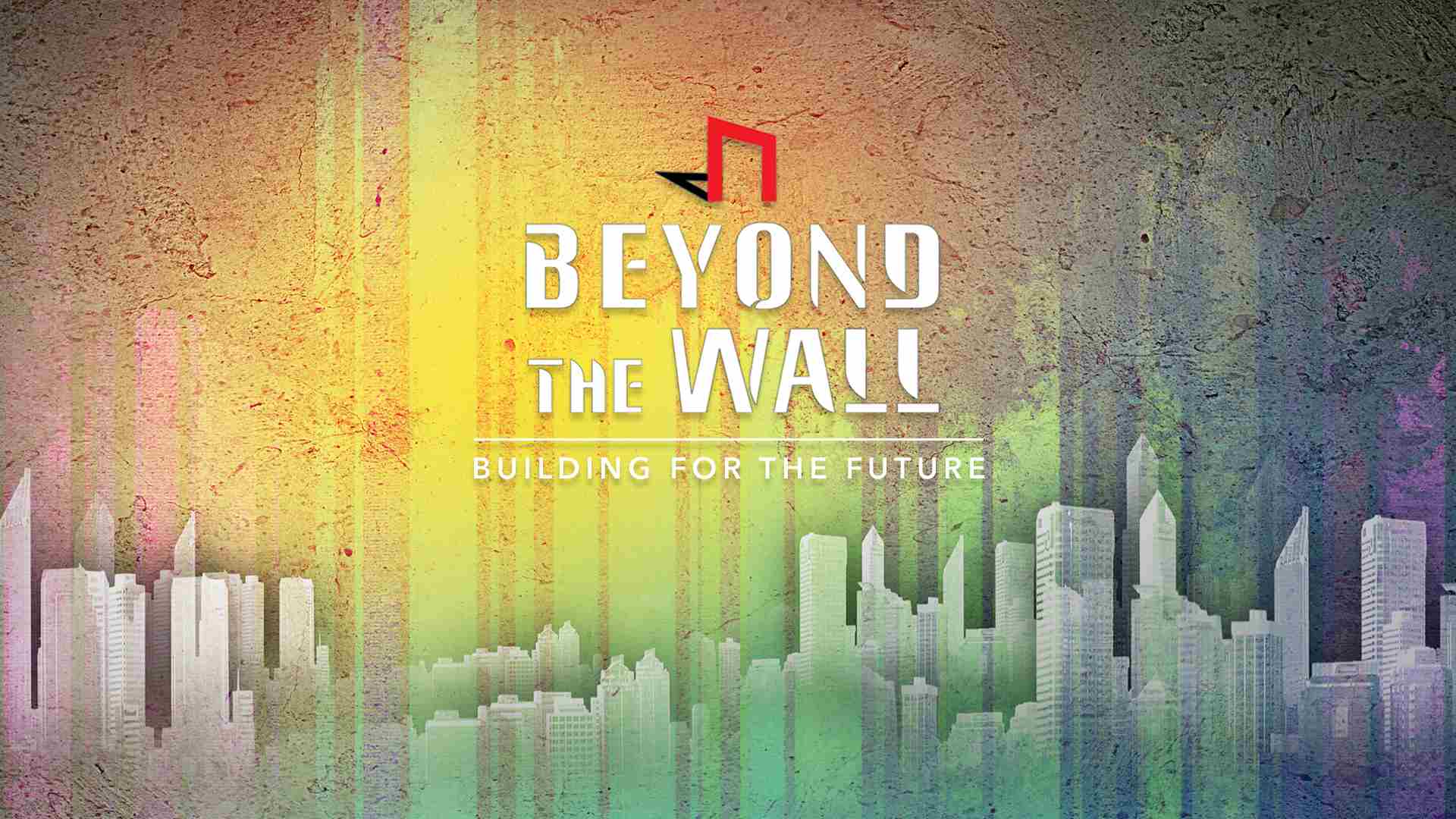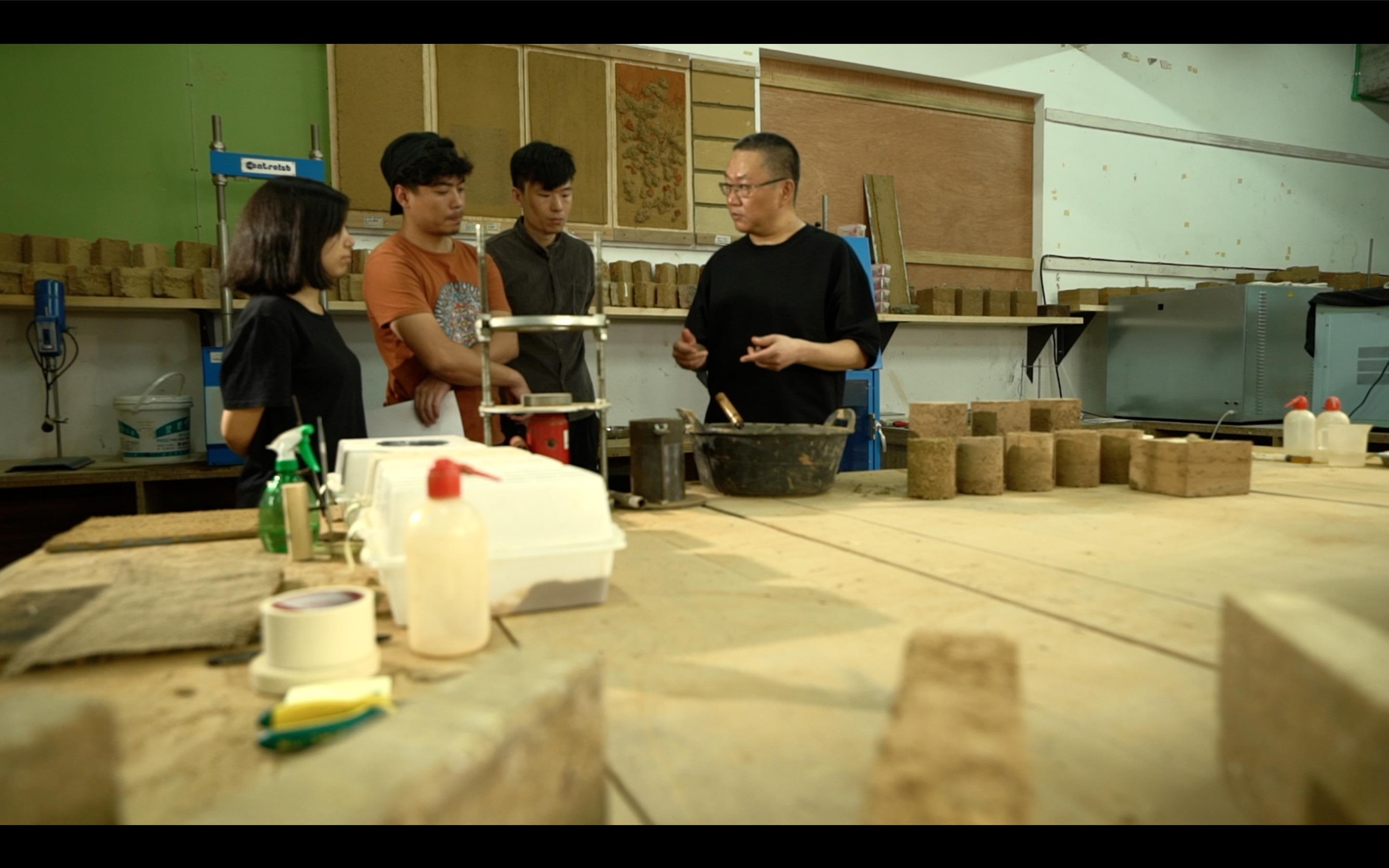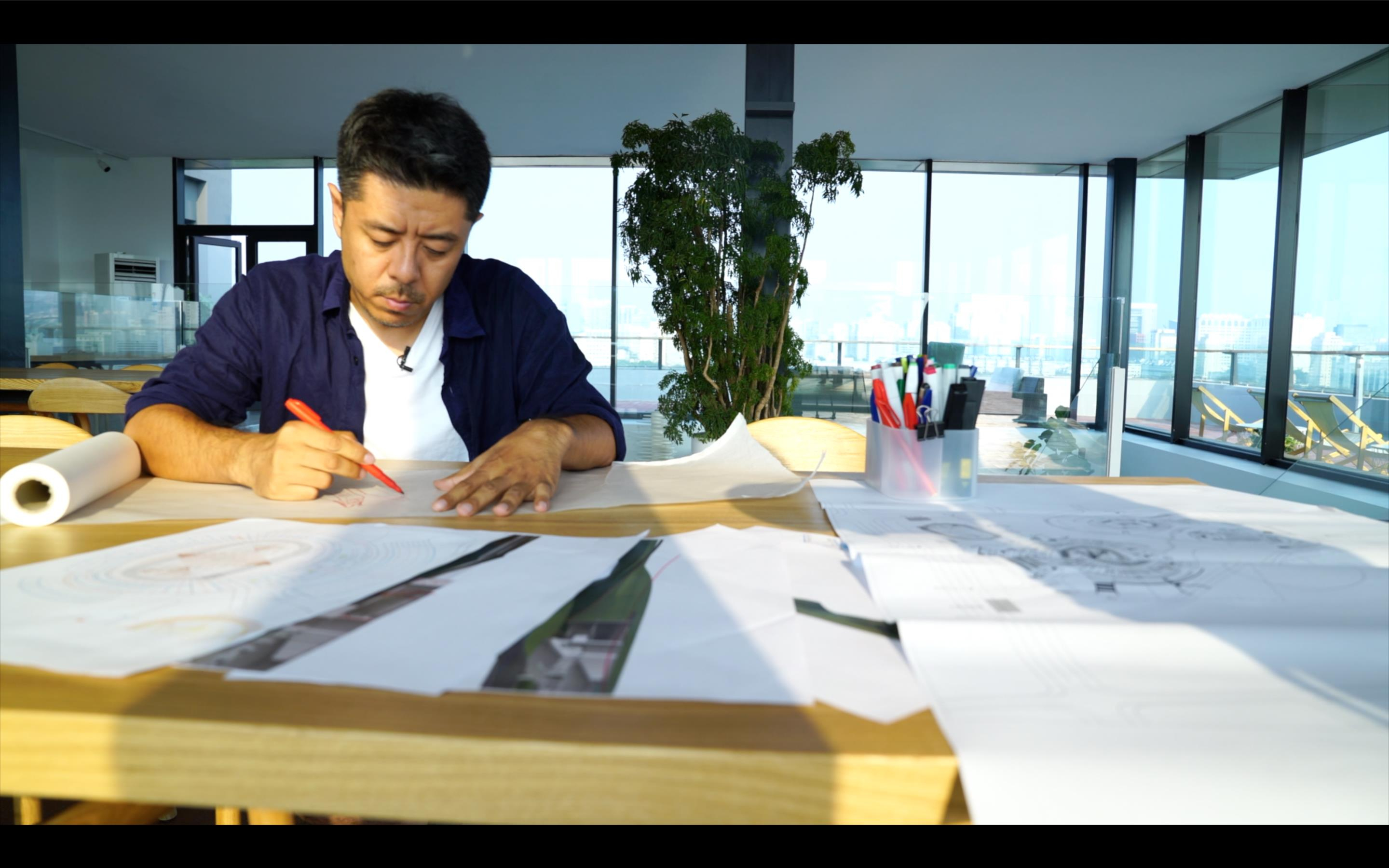
China
15:03, 27-Sep-2018
Reporter's Diary: Building for the future
Updated
14:09, 30-Sep-2018
By Han Bin, Huang Xiaodong
04:47

By 2050, nearly 10 billion people will share the planet, as mega-cities rise and technology reshapes the urban landscapes. How can the rising population be accommodated? And how can future buildings keep certain cultural values? CGTN crew interviews two leading Chinese architects, who share their visions on designs for the future.
More than four walls and a roof
"When we enter such an era of rapid construction, how to create richness and diversity requires a completely different mindset," said Wang Shu, founder of Amateur Architecture Studio.
Wang Shu, a Chinese architect based in Hangzhou City, east China's Zhejiang Province is the dean of the School of Architecture of the China Academy of Art. In 1997, Wang and his wife Lu Wenyu, also an architect, founded the Amateur Architecture Studio, which is known for breaking architectural boundaries, and highlighting traditional values. In 2012, Wang became the first Chinese to win the Pritzker Prize, architecture world's highest honor.
Wang believes that the future direction of Chinese cities must not be reflected in more and more iconic buildings. It should reflect a more ecological, multi-layered, high-density city.

Wang Shu with his students at his laboratory. /CGTN Photo
Wang Shu with his students at his laboratory. /CGTN Photo
Reshaping the urban landscape
"I think the new building has to shape the new world, new need and function, but the spiritual philosophy inside architecture can continue from the past," said Ma Yansong, founder of MAD Architects.
Beijing-born architect Ma Yansong is recognized as an important voice in the new generation of architects. As founder and principal of MAD Architects, he leads design across various scales. Many of his designs follow his conception of the "Shanshui City," his vision to create a new balance among society, the city and the environment through architecture.

Ma Yansong designing future buildings at his office in Beijing. /CGTN Photo
Ma Yansong designing future buildings at his office in Beijing. /CGTN Photo
With the unconventional forms of his buildings, Ma is often being categorized as an architect of the "Deconstructionists." But he says his designs are in fact deeply rooted in nature and tradition. He says the future architecture should have spiritual meaning.

SITEMAP
Copyright © 2018 CGTN. Beijing ICP prepared NO.16065310-3
Copyright © 2018 CGTN. Beijing ICP prepared NO.16065310-3